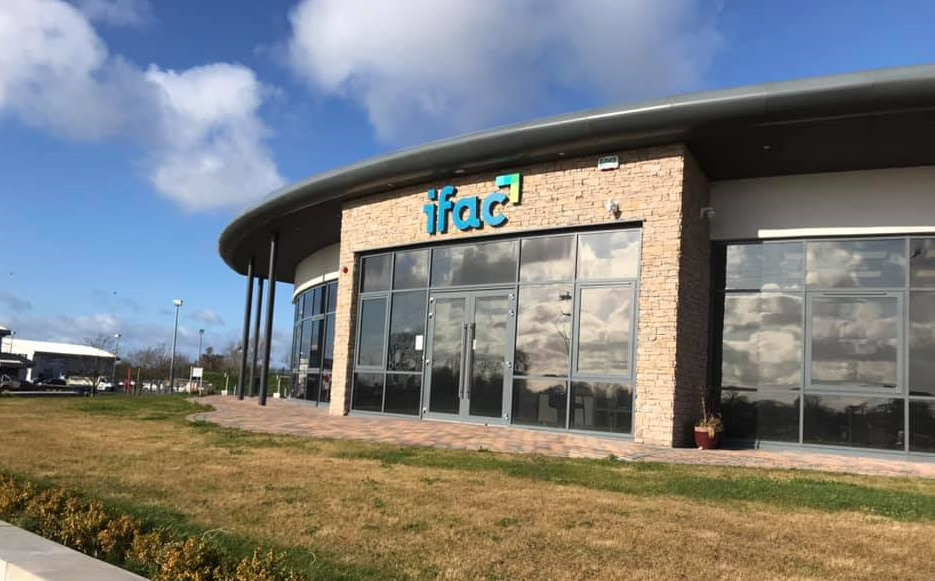
![]()
The Irish Fiscal Advisory Council (IFAC) has reported that since 2021, Government spending has exceeded its budgetary limit of 5%, contributing to the price rises.
They say prices increased by 0.4% in 2022, 0.6% in 2023, 0.5% in 2024, and were projected to rise by a further 0.4% in 2025 amid ongoing breaches.
IFAC chairman Seamus Coffey explained that the extra spending at Budget time can create a false picture of the economy.
Coffey emphasized the need for the Government to adhere to its spending rule to help control price pressures:
“When we see a typical household that might have outgoings of €50,000 a year, that 2% increase equates to €1,000 if the price level is higher, as is estimated to be because of the additional Government spending”.
“While households might be benefiting from the additional Government spending on one side – so they can see a direct benefit from the additional spending the Government is doing – there can be indirect costs... so it can be an illusion of a gain being offset by these indirect costs.”
UCC Lecturer Coffey, pointed out similarities between the current situation and the 2000s, noting both periods featured budgetary surpluses and an over-reliance on sectors like housing and corporation tax revenues.